Application of garden seedlings vines
In order to increase the green coverage rate of the city, further increase the green volume of the city, and improve the environmental quality of the city, we must not only work hard on plane greening, but also continuously develop vertical greening so that it can make up for the shortcomings and truly achieve an organic combination of the two. In garden greening, we can give full play to the advantages of vines and add "new green" to improve the environmental quality of the city.
Nowadays, the available area of garden greening is getting smaller and smaller. As a new way to make full use of the climbing characteristics of vines for vertical greening, it is gradually becoming popular. The advantages of vertical greening are obvious, mainly in increasing the amount of urban greening, improving the overall greening level, expanding greening space, and improving the ecological environment.
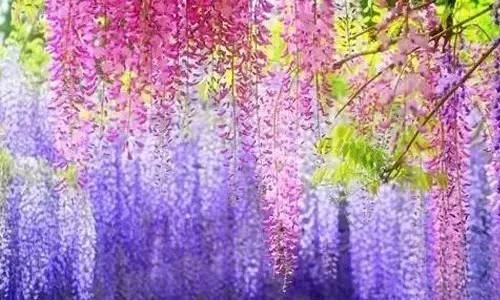
According to the structure of their stems, vines can be divided into woody vines and herbaceous vines. Typical examples of woody vines are grapes, while typical examples of herbaceous vines are morning glory.
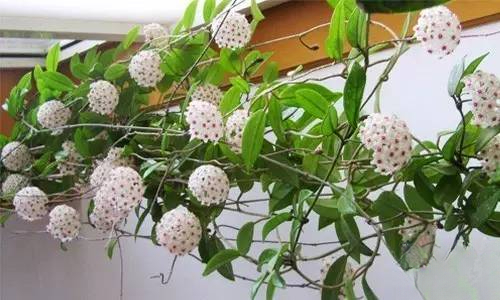
According to the way they climb, vines can be divided into climbing plants, twining plants, hanging plants, etc. Representative climbing plants, such as grapes, can rely on linear spreading organs to firmly wrap around ropes and trellises, which has a reinforcing effect on trellises and can increase wind resistance. However, they cannot climb on smooth buildings. Twining plants grow in circles on their supports, not by climbing vines adhering to the supports. For example, wisteria, the supports must be thick enough. Hanging plants mainly include hanging plants in planters on building facades and indoor embellishments. For example, spider plants are very elegant when paired with exquisite containers.
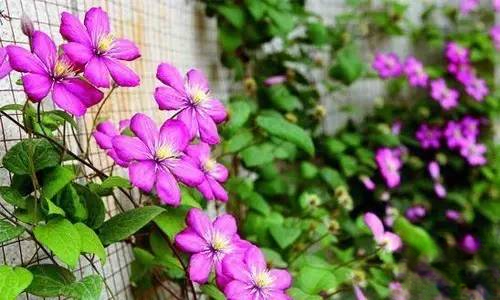
Commonly used climbing plants in landscape: climbing rose, wisteria, bougainvillea, quinceanera, peony, Australian hoya, coral vine, Mary hoya, passion flower, red-calyx vine (bell-shaped grape), morning glory, climbing rose, heart-leaf hoya, goldfish vine, clematis, climbing jasmine, firecracker flower, cockscomb vine, morning glory, brocade screen vine, costus root, gold-edged euonymus, lace euonymus, kiwi, honeysuckle, garlic vine, etc.
Lianas are a type of plants with special structures, unique properties, and diverse functions, and they have high ornamental value. They are widely used in gardening and can be used for greening and interior decoration of trellises, covered bridges, green bamboos, green doors, flower pavilions, walls, bamboo fences, sheds, roofs, ground covers, balconies, rocks, overpasses, retaining walls, etc.
1. Greening of roof walls
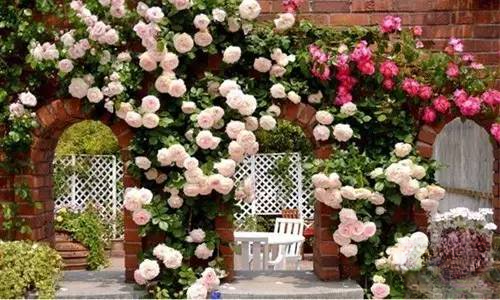
With the continuous rise of roof gardens, planting vines in a corner of the roof can achieve a good greening effect by opening a planting trough and planting vines, allowing them to extend thickly and cover the roof. Suitable vines for roof greening include wild grapes, ground ivy, wisteria, ivy, etc. Although the appearance of modern urban buildings is designed to be unique and beautiful, from an aesthetic point of view, it expresses a kind of hard line beauty. If it can be matched with the dynamic beauty of the vine itself, it can just balance the monotonous beauty of the building. The decoration of vines adds a sense of greenery, gives people a sense of vitality, and can also block the radiation of sunlight and reduce the temperature of the wall.
2. Greening of the framework
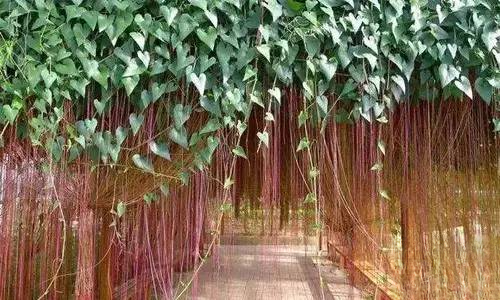
The vines arranged by the framework have also become a unique landscape. Various climbing plants are planted on the flower racks or arches, corridors, fences on both sides or around the pavilions, so that the plants climb up to cover the doors, corridors and pavilions, forming green doors, green corridors and green pavilions, creating a beautiful plant landscape, and providing a place for people to shelter, which not only beautifies the environment, but also improves the ecology. When designing, it is necessary to consider the entire greening layout to be compatible with the form of the shed. In addition, the shed should be firm and durable. Plants should be selected from woody twining and rolling plants with vigorous growth, strong branching ability and dense branches and leaves, such as honeysuckle, climbing roses, morning glory, grapes, wisteria, etc.
3. Greening of ground slope protection
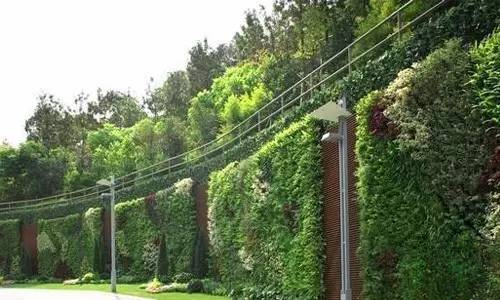
Using climbing plants with large and strong root systems to cover the ground, slopes or landscape rocks can help maintain soil and water. Rocks in gardens are often decorated with climbing plants to make them look lively. At the same time, they can also cover the local defects of rocks, allowing climbing plants to play a finishing touch in the configuration.
4. Greening of overpass
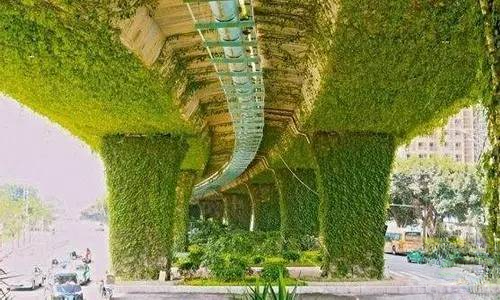
With the increasing traffic volume in cities, elevated roads and flyovers have become a landscape in many cities. In urban areas, flyovers occupy little land and generally do not have extra green space. Lianas can be used to green the bridge surface and add greenery.
5. Green Pavilion
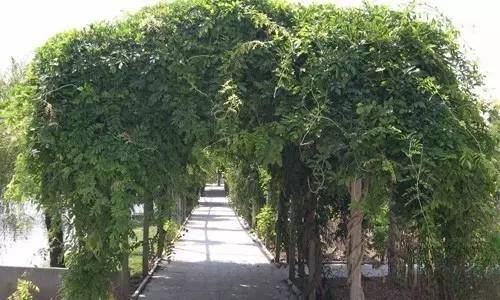
Green pavilion can also be regarded as a special form of flower stand. The difference is that the upper end is hollow, and vines are planted around the support. Rock and rockery greening In the natural rock or rockery part, using vines to embellish it will make the rock more natural and interesting.
6. Balcony greening
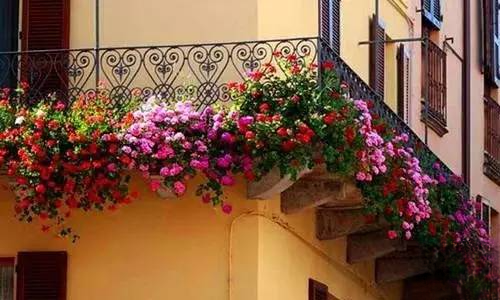
With the rapid increase of urban housing, it is extremely necessary to make full use of balcony space for greening, which can reduce temperature and increase humidity, purify air, beautify the environment and enrich life. Due to the limited balcony space, climbing plants give full play to their advantages, and many of them are good materials for balcony greening.